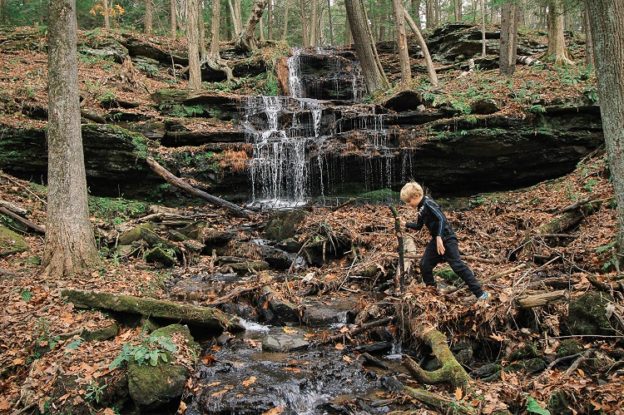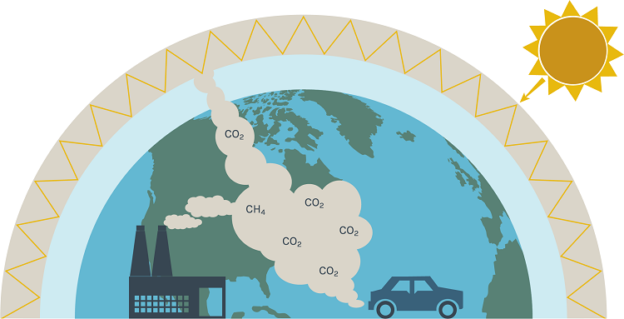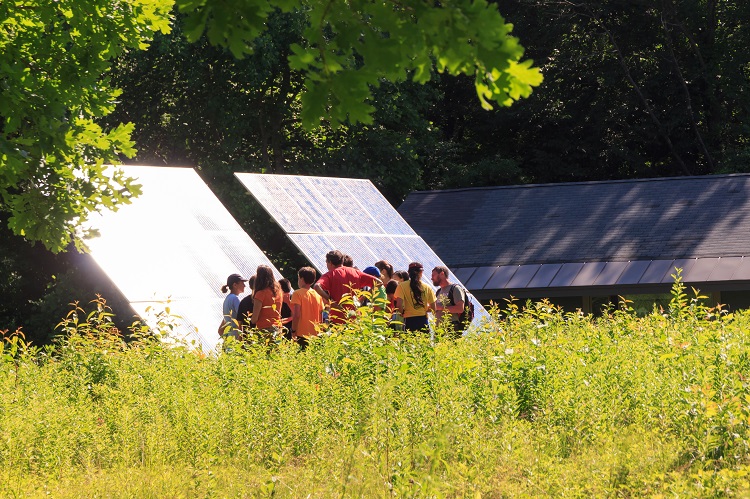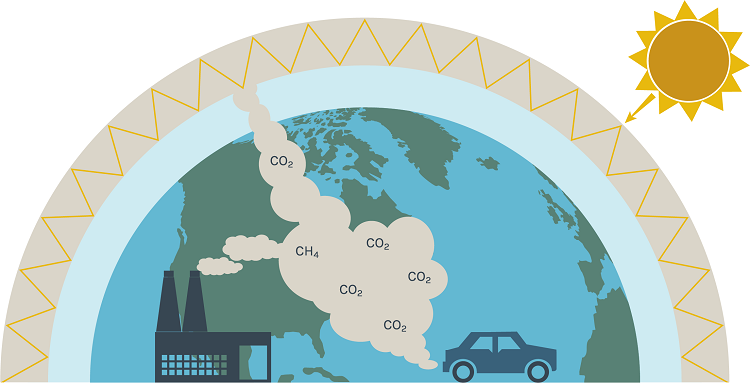It’s time to talk about land.
Not just about the diverse habitats, wildlife, and plants undeveloped land contains, but also the myriad of solutions land holds to our environment’s most pressing problem: climate change. When we look to land, we can see natural climate solutions that play an indispensable role in our larger, collective climate fight.
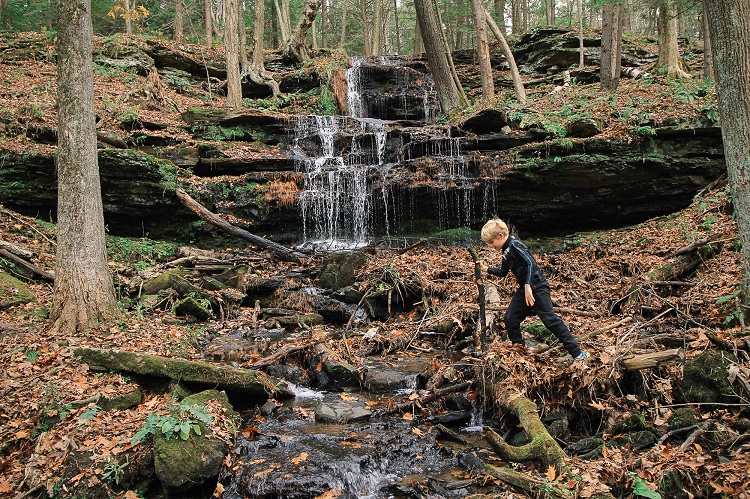
Two Sides to the Climate Coin: Mitigation and Adaptation
In order to keep our communities and wildlife healthy while striding towards a carbon-neutral future by 2050, we need to both adapt to and mitigate climate change. Land helps us do both.
To adapt to climate change means to contend with its current impacts. Protected land boosts our resilience against these impacts we’re already seeing, right here and now, like extreme weather events and heat. For example, grasslands and farmlands can store significant stormwater from climate change-induced increased rainfall.
To mitigate climate change means to tackle the crisis at its roots. Land is home to natural tools, like trees and wetlands, that soak up carbon dioxide like a sponge, helping us remove rampant greenhouse gasses from the atmosphere. Right now, natural solutions are one of the few mitigation strategies that we can immediately and urgently utilize with large impact. Each acre of forest, for example, holds immense value in mitigation efforts by storing about 103 tons of carbon dioxide.
Paired with climate policy like An Act creating a 2050 roadmap to a clean and thriving Commonwealth (H.4912), which includes amended language to require Massachusetts to consider land’s climate impact, conserving land is one of the most tangible and powerful climate solutions in our toolkit.
Helping People and Wildlife Alike
Land provides home and refuge to plants and animals, including rare and threatened species. However, as climate change causes temperatures to rise in Massachusetts and around the world, we’re seeing wildlife forced to shift their habitat ranges to adapt.
Wildlife corridors are connected protected lands that allow plants and animals to move safely and as needed, unimpeded by human development and activity. These movements can be a part of migration, breeding, finding food, and so many more behaviors critical to the survival of our nature. Wildlife corridors are essential to safeguard our plants, animals, and nature’s biodiversity as they adapt to climate change by finding their natural habitat in new locations.
People also benefit from conserved land. Climate change aggravates public health issues, but conserving land can help us counteract some of these effects. The same natural tools that buffer the impacts of climate change and soak up excess greenhouse gas emissions also keep our communities healthy by purifying the air we breathe and the water we drink.
One Piece of the Climate Solutions Puzzle: Land Conservation
To boldly act on climate, we must turn to solutions that we can pursue right now, and conserved land is one piece of the larger, climate solutions puzzle. Mass Audubon is among the largest conservation non-profits in New England, and has conserved more than 38,000 acres of ecologically significant land.
But we need your help to maximize the climate impact of our land conservation. Join us in working towards a carbon neutral future by supporting one of our urgent land projects – you can make a difference in solving the crisis.
You can also join our climate community by signing up for our monthly e-newsletter, Climate Connection, and stay up to date on climate information, community action, and solutions.


